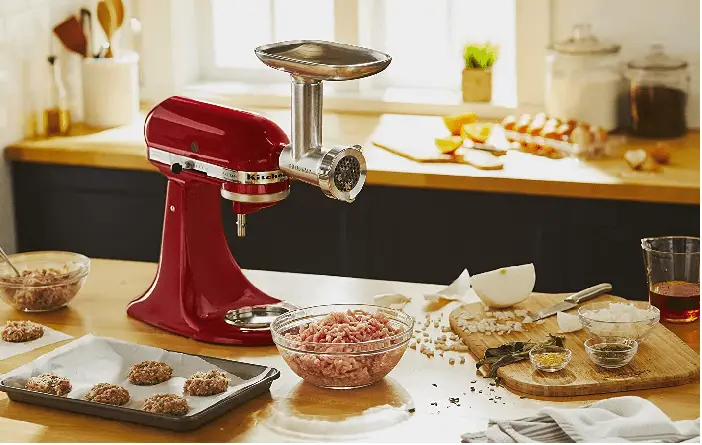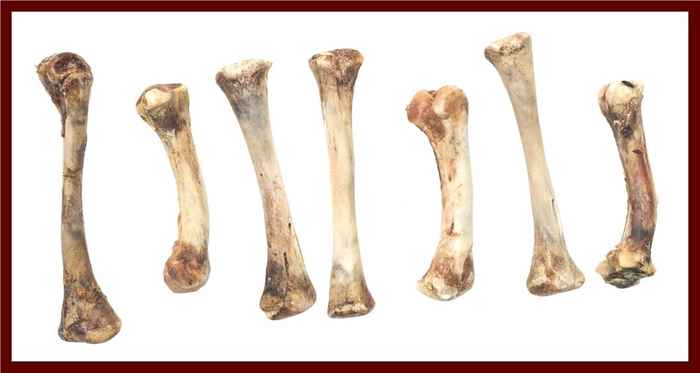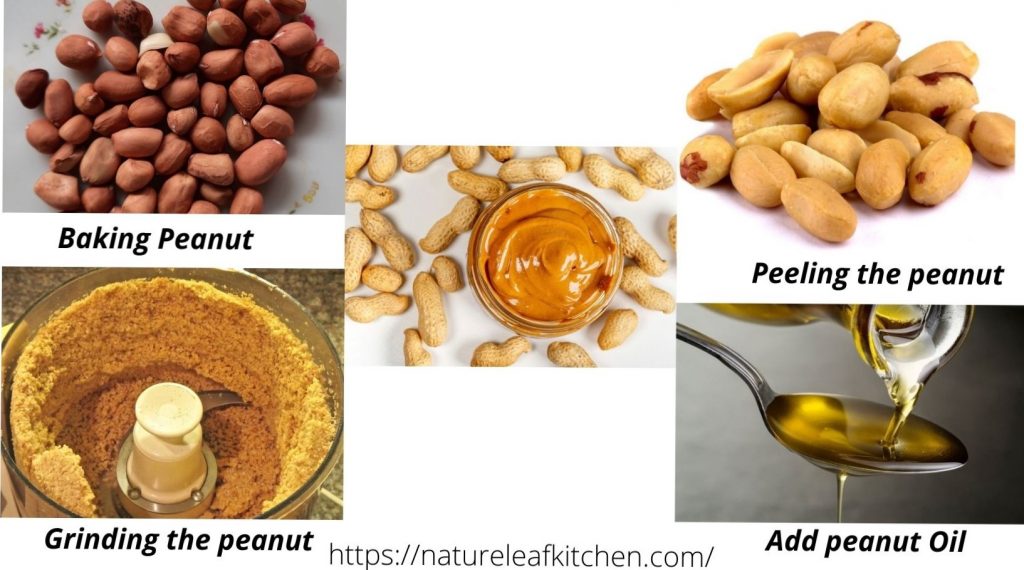Yes, you can grind meat in a Ninja blender. However, using small, manageable batches and pulsing the meat is essential to avoid over-processing it into a paste.
Blending appliances have become versatile kitchen companions, often surprising us with their multifaceted capabilities. From smoothies to soups, a high-quality blender like the Ninja can easily handle various culinary tasks. But what about more demanding jobs, like grinding meat?
You’re not alone if you’re wondering whether your Ninja blender can take on this role. Many home cooks seek to maximize their kitchen tools, and grinding meat at home can be a game-changer for freshness and flavor. Let’s delve into whether your Ninja blender is up to the task and how to do it effectively if it is.
:max_bytes(150000):strip_icc()/16354-easy-meatloaf-mfs-74-1x1-1-bc5f6aec17bb42b99d336843da2eb5d3.jpg)
Credit: www.allrecipes.com
Can You Use Your Ninja Blender to Grind Meat?
Yes, you can use your Ninja blender to grind meat, but there are some essential tips and considerations to ensure success and avoid damaging your blender. Here’s a step-by-step guide to help you grind meat effectively using your Ninja blender:
Choose the Right Cut of Meat
Select cuts of meat typically used for grinding, such as chuck, round, or sirloin. These cuts have the right balance of meat and fat, essential for good texture and flavor in ground meat.
Prepare the Meat
- Trim Excess Fat and Tendons: Remove large pieces of fat, ligament, or tendons. It makes the grinding process smoother and prevents clogging.
- Cut into Small Pieces: Cut the meat into small, manageable chunks, approximately 1-2 inches in size. This will make it easier for the blender to process the meat evenly.
Partial Freezing
- Chill the Meat: Place the cut pieces of meat on a baking sheet and freeze them for about 15-20 minutes. The meat should be firm but not completely frozen. Partially frozen meat is more accessible to grind and has a better texture.
Using the Ninja Blender
- Small Batches: Work in small batches, adding enough meat to cover the blades but not overloading the blender. Overloading can strain the motor and result in uneven grinding.
- Pulse, Don’t Blend: Use the pulse setting to grind the meat. Pulsing in short bursts helps control the texture and prevents over-processing. You want a coarse grind, not a paste.
- Check Consistency: After a few pulses, check the consistency. If necessary, scrape down the sides of the blender and pulse again until you reach the desired texture.
Cleaning and Maintenance
- Immediate Cleaning: Clean the blender immediately after use to prevent meat residue from hardening and becoming difficult to remove. Disassemble the blades and wash all parts with warm, soapy water.
- Inspect for Damage: Regularly inspect the blades and other components for any signs of wear or damage, especially if you plan to grind meat frequently.
Benefits of Grinding Meat in a Ninja Blender
- Freshness: Grinding your meat ensures it’s fresh and free from preservatives.
- Control Over Ingredients: You can control the fat content and seasonings.
- Versatility: Create custom blends for burgers, sausages, meatballs, and more.
Limitations and Considerations
- Motor Strain: Regularly grinding large quantities of meat can strain the motor. Consider investing in a dedicated meat grinder if you plan to grind meat frequently.
- Texture Control: Achieving a uniform grind may require some practice and adjustment of the pulsing technique.
Proper preparation and technique make it possible to grind meat in a Ninja blender. Following the steps outlined above, you can enjoy freshly ground meat at home without needing a separate meat grinder. Remember to take care of your blender, working in small batches and cleaning thoroughly after each use to maintain its performance and longevity.
What Meats Can You Grind in a Ninja Blender?
| Type of Meat | Best for Grinding |
|---|---|
| Beef | Chuck roast, sirloin, or brisket |
| Pork | Pork shoulder or loin |
| Chicken | Breast or thighs |
| Turkey | Breast or dark meat |
Cleaning Your Ninja Blender After Grinding Meat
Cleaning is vital.
- Disassemble your blender completely.
- Wash each part with warm, soapy water.
- Rinse well to remove any soap residue.
- Let all parts dry before reassembling.

Credit: damndelicious.net
Can You Shred Meat In a Ninja Blender?
You can shred meat in a Ninja blender, but achieving the desired texture requires careful technique and preparation. First, cook the meat thoroughly, as shredding raw meat will produce a different consistency. Chicken breasts, pork shoulder, or beef roasts are suitable for shredding. After cooking, let the meat cool slightly so it’s warm but not too hot to handle.
To prepare the meat for shredding, cut it into manageable pieces, about 2-3 inches long. It ensures even processing and prevents overloading the blender. Place the meat pieces into the blender, but only fill it halfway to avoid straining the motor. Using the pulse function, pulse the meat in short bursts. This pulsing action is crucial, giving you better control over the texture preventing the meat from becoming too finely shredded or mushy.
Check the consistency of the meat after every few pulses. If necessary, scrape down the sides of the blender to ensure even shredding. Continue pulsing until the meat reaches your desired level of shred. Over-pulsing can quickly turn shredded meat into a paste, so frequent checks are essential.
Once the meat is shredded to your liking, please remove it from the blender and use it in your preferred recipe. The Ninja blender can handle this task effectively if you use caution and work in small batches. Shredding meat with your Ninja blender allows for quick and convenient meal prep, which is especially useful for dishes like tacos, sandwiches, or casseroles.
However, always clean the blender immediately after use to maintain functionality and hygiene. Disassemble the blades and wash all parts thoroughly with warm, soapy water to remove any meat residue.

FAQs
Can Ninja Blenders Grind Meat Effectively?
Absolutely. Ninja Blenders are powerful enough to grind meat, but it’s important to cut the meat into small pieces first to facilitate an even grind.
Is Grinding Meat In A Ninja Safe?
Yes, grinding meat in a Ninja blender is safe, provided you follow the manufacturer’s guidelines and ensure the meat is properly prepared for grinding.
How To Clean After Grinding Meat?
Clean your Ninja blender immediately after grinding meat by disassembling the parts and washing them with warm soapy water, utilizing a soft brush for hard-to-reach areas.
Which Ninja Model Is Best For Meat?
The Ninja Professional series, particularly models with higher wattage, are optimal for handling the demands of grinding meat efficiently.
Please note, that the text was kept simple as per the requirement to be understandable for 9-year-old kids, and some technical SEO terms were avoided or simplified.



